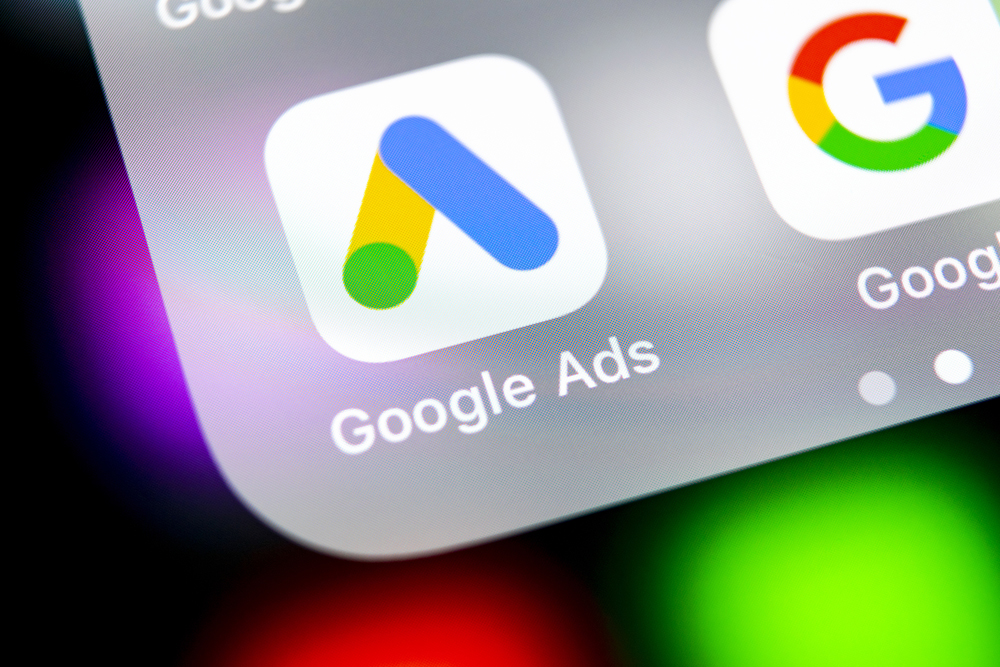Google has recently announced that it will not be depreciating third-party cookies in Chrome, which is a significant update for marketers and advertisers. This decision ensures that third-party cookies will continue to play a crucial role in audience targeting and remarketing strategies within Google Ads.
What Does This Mean for Audience Marketing?
- Remarketing Ads Remain Effective:
With third-party cookies remaining active, marketers can continue to serve remarketing ads to users who have not opted out of targeted advertising. This means that if a visitor engages with your website and does not refuse targeted marketing, you can still reach them with customized ads that encourage further engagement or conversions.
- Similar Audiences May be Back:
Google’s support for third-party cookies will likely reinstate the use of similar audiences for users who have not opted out of targeting marketing. This feature uses data collected from third-party cookies to find new potential customers who share characteristics with your current audience, thus expanding your reach effectively.
The Policy Update on Third-Party Cookies
Google’s decision aligns with the growing need to provide users with more control over their privacy and data. Now, with the upcoming feature in Chrome, users will have the option to make an informed decision regarding their tracking preferences across the web. This change primarily affects users who opt out of tracking, ensuring those who consent can still benefit from personalized ad experiences.
Impact on Marketing Strategies
- Enhanced Personalization:
Third-party cookies enable highly personalized ad experiences. By continuing to access this data, advertisers can create compelling and relevant ads that resonate with their target audience.
- Improved Campaign Performance:
The ability to serve remarketing ads and leverage similar audience data enhances campaign performance. These strategies typically result in higher engagement, better conversion rates, and increased return on investment (ROI).
- Adaptation to Regulatory Changes:
With various states requiring websites to allow visitors to opt out of tracking, this policy ensures compliant businesses can still engage with users who consent to targeted ads.
Conclusion
Google’s decision to maintain third-party cookies in Chrome represents a win for advertisers relying on audience targeting and remarketing strategies. It enables businesses to continue delivering personalized ad experiences while adhering to privacy regulations. For website owners and advertising agencies, this update underscores the importance of staying informed about user preferences and adapting strategies accordingly.
Stay ahead of the curve by leveraging these insights in your Google Ads campaigns. If you need expert guidance, don’t hesitate to contact our team for top-notch Google Ads management services.




